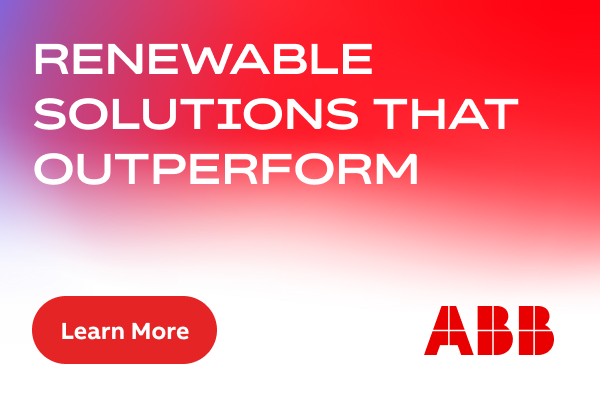Shoreline Wind Enters the Onshore Market to Support a Smarter, More Efficient Sector
Shoreline Wind has entered the onshore wind market with a full-scale planning, construction and O&M platform – unlocking a new era of smarter, more resilient growth for global wind developers, operators and service providers. With a proven offshore wind platform, powering some of the world’s most complex offshore projects, Shoreline now brings its simulation-first approach to the onshore wind market, supporting developers, operators and service providers to design, build, and operate more cost-efficient and low-risk projects.
The onshore wind sector is moving beyond the initial “gold rush” era of rapid expansion. Developers now face a complex combination of rising turbine and financing costs, tighter margins, and critical skill shortages. Regulatory, environmental, and community-specific requirements also vary widely by region, often leading to fragmented planning and inefficient execution. At the same time, intermittent generation, curtailment risk, and grid access limitations are creating an added layer of uncertainty that conventional planning tools struggle to handle.
Disconnected workflows between development, engineering, logistics, and operations teams further compound delays and cost overruns. In this context, even a 1–2% improvement in project efficiency can be decisive. Shoreline’s onshore market entry aims to unlock precisely these gains – by bringing greater precision, visibility, and collaboration to every phase of the project lifecycle.
Shoreline addresses long-standing pain points for the onshore market. Shoreline’s Platform is powered by its proprietary Artificial Intelligence software, Shoresim AI, capable of delivering detailed and adaptive work orders, real-time operational insights, sensitivity analyses, optimizations, and forecasts.
It also optimizes project-specific constraints such as crew and resource availability, modal logistics, and environmental permits, generating substantial efficiencies and reductions in operational expenditure (OPEX). Multi-scenario evaluation tools provide transparency for decision-makers under regulatory and investor scrutiny. Portfolio-level resource planning ensures optimal utilization of teams and equipment across multiple concurrent projects.
Shoreline’s onshore technology is already being used by RENOVA, a leading Japanese developer. In Japan, Shoreline’s simulations helped mitigate tidal and transport challenges, while in the Philippines, it streamlined logistics for a remote and complex site – unlocking efficiencies well before ground was broken.
These capabilities come at a critical inflection point. Changes to policy tailwinds like the Inflation Reduction Act in the U.S., repowering initiatives in Germany and Central Europe, and rapid buildout in LATAM are underpinning the expansion of the onshore wind market but adding far greater execution risk. Shoreline is uniquely suited to address this complexity as it offers the operational backbone needed to boost certainty, performance, and capital efficiency.
Shoreline Wind’s vision is to bring the innovation that transformed offshore wind to the onshore sector – accelerating operations through a unified, AI-powered platform that redefines how wind farms are designed, built, and operated. With bold ambition, Shoreline is charting a course to power 25% of global onshore wind development within five years.
Shoreline Wind | https://shorelinewind.com/












